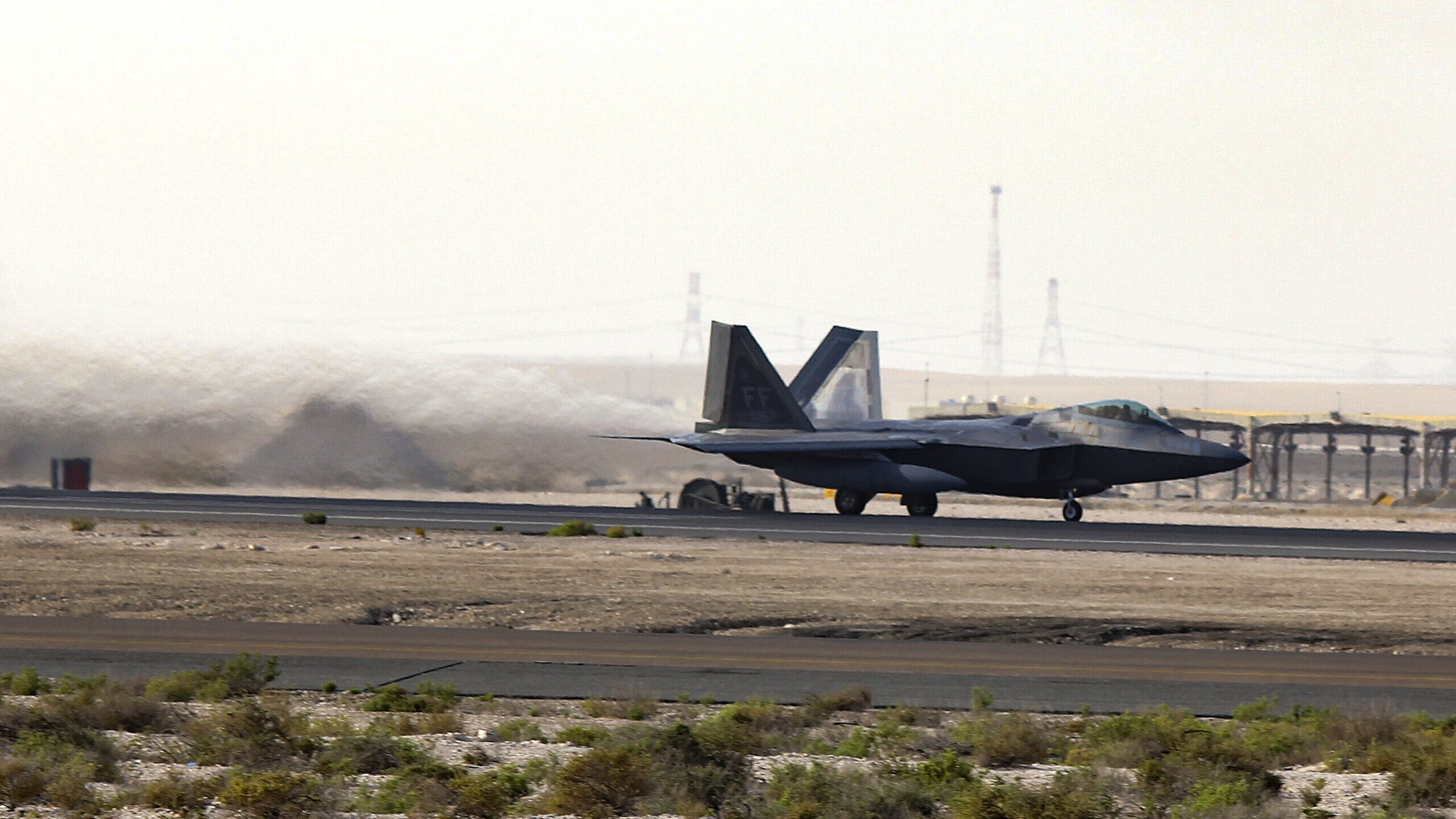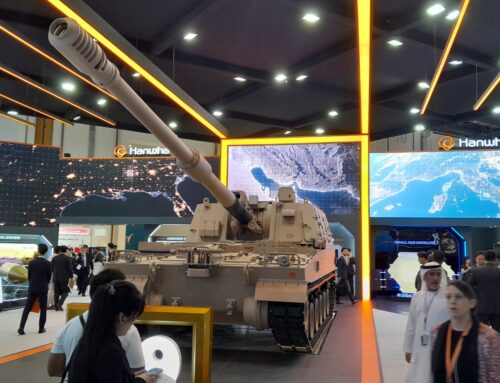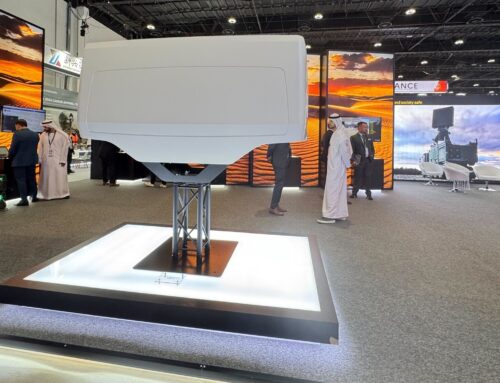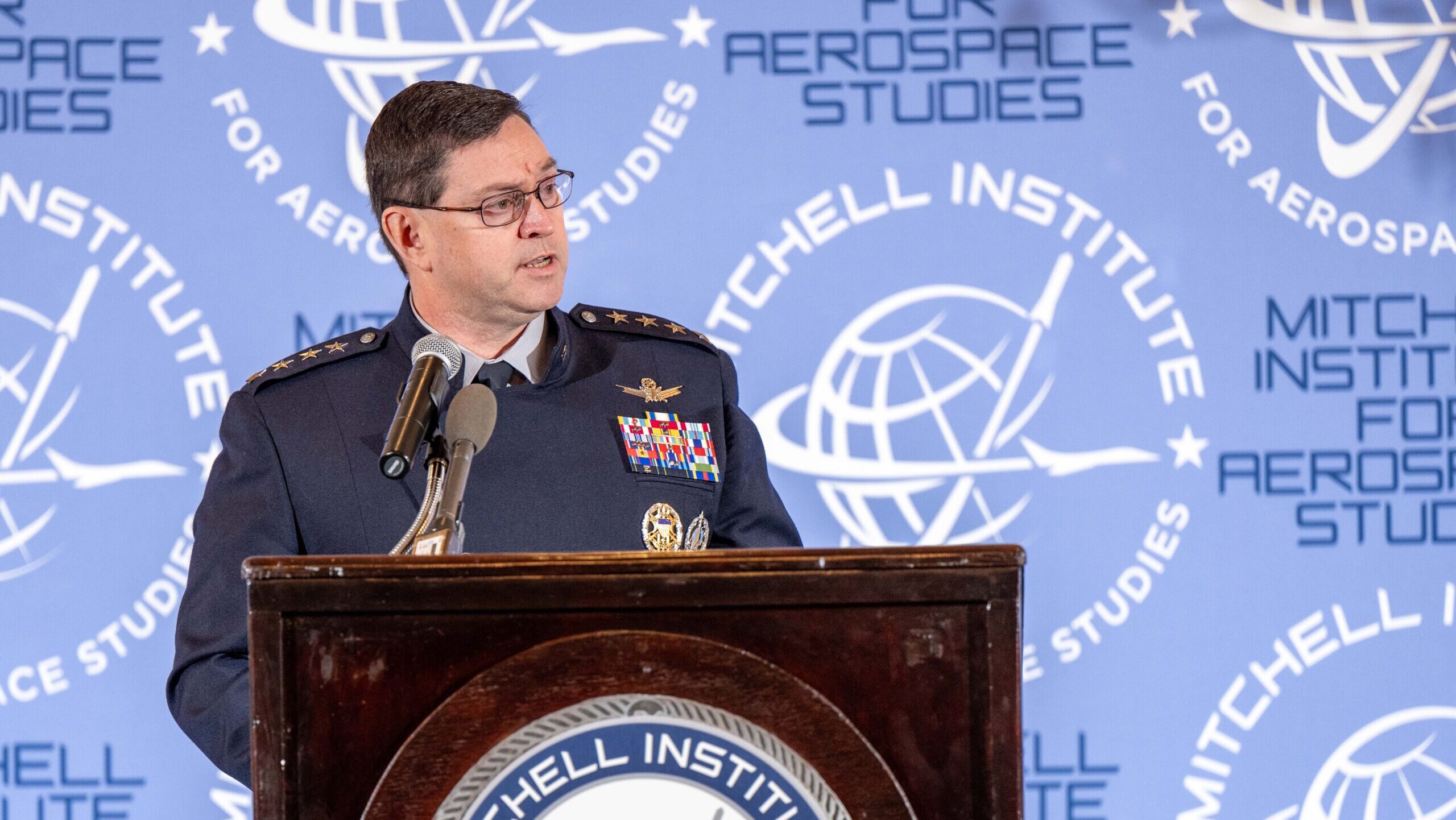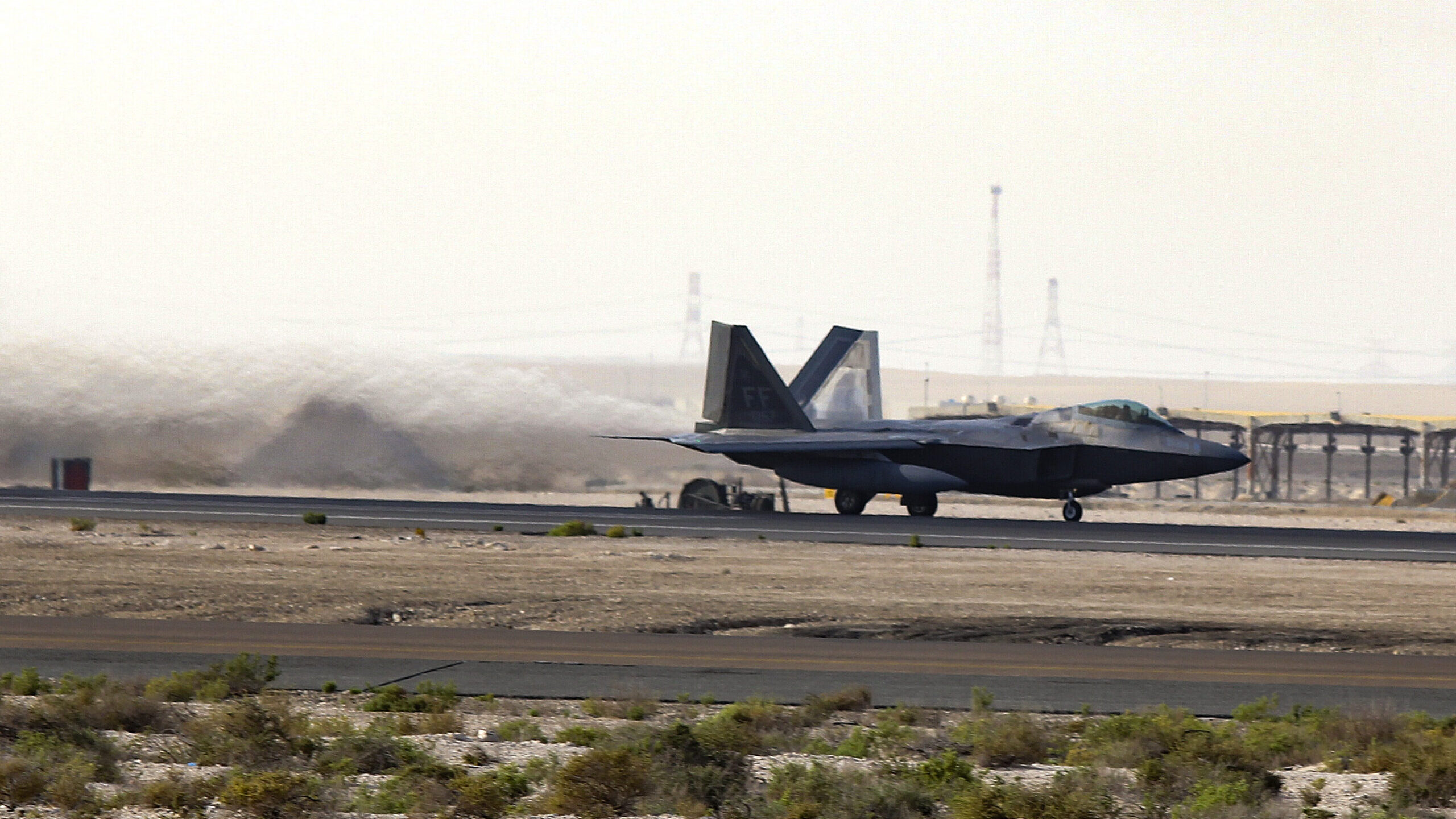
An F-22 Raptor takes off from Al Dhafra Air Base, United Arab Emirates, Feb. 21, 2022. The F-22s were rapidly deployed to the base earlier in the month on order from the U.S. Secretary of Defense in coordination with the Abu Dhabi Crown Prince and join a range of joint, coalition and allied and partner combat airpower capabilities already based in the region. (U.S. Air Force (photo by Master Sgt. Dan Heaton)
WASHINGTON — The Air Force has awarded RTX subsidiary Pratt & Whitney a contract worth up to $1.5 billion to continue sustaining the F119 engine that powers the service’s F-22 Raptor stealth fighters, the company announced today.
The sustainment contract for Pratt’s F119 spans three years, according to the company, covering more than 400 powerplants. The single-seat F-22 flies with two engines and is often hailed for its ability to “supercruise,” or soar at supersonic speeds without using afterburners.
“The F119’s readiness and reliability rates have never been more important, and we are improving both while lowering lifecycle costs,” Jill Albertelli, president of Pratt’s military engines business, said in a statement. “We are committed to helping our U.S. Air Force customer maintain the F-22’s combat edge.”
In a briefing with reporters ahead of the announcement, Caroline Cooper, Pratt’s executive director for the F119 program, reiterated past projections that the company’s Usage Based Lifing effort launched in 2022 — which essentially leverages flight data and engineering algorithms so that maintenance isn’t performed until it’s actually necessary — will save over $800 million across the engine’s lifespan.
Asked about assumptions underpinning that forecast, such as fresh uncertainties concerning the longevity of the F-22 fleet given questions about its planned replacement, Pratt said in a statement that the “constant flow of data” collected from ongoing flight operations “is continuously re-analyzed and allows the customer to take advantage of the full life of the engine parts while reducing risk to the fleet.” (Company executives have previously explained that the $800 million prediction means that the Air Force can continue operating the fighter the same as it has in the past, but save money by running parts longer, or harness the greater durability of parts to squeeze more performance out of the engine.)
Additionally, according to Cooper, Pratt is exploring how to incorporate additively manufactured, or 3D printed, parts into the F119, but deferred on specifics until an announcement is ready at a later date. “I can say with certainty that we’re looking at leveraging additive across Pratt,” she said.
RELATED: Turbine ‘fatigue’ issue forced F-22 engine retrofit, Air Force says
The Raptor’s development began near the end of the Cold War and continued through the 1990s, though the cessation of superpower competition drove a decision to limit production to 187 copies of the fighter. The airframe itself is built by Lockheed Martin.
The Air Force’s Next Generation Air Dominance (NGAD) fighter was originally envisioned as a direct replacement of the F-22, though the sixth-gen jet is currently in limbo pending a decision by the Trump administration. While NGAD was planned as an air superiority fighter like the F-22 that precedes it, former Air Force Secretary Frank Kendall said in January that as officials weigh alternatives for the platform, one option could be developing it as a multirole fighter tasked with quarterbacking a forthcoming fleet of drone wingmen.
“[T]o keep the industrial base going, to get the right concept, the right mix of capability into the Air Force, and do it as efficiently as possible, I think there are a couple of really reasonable options on the table that the next administration is going to want to have to take a look at,” Kendall said.


